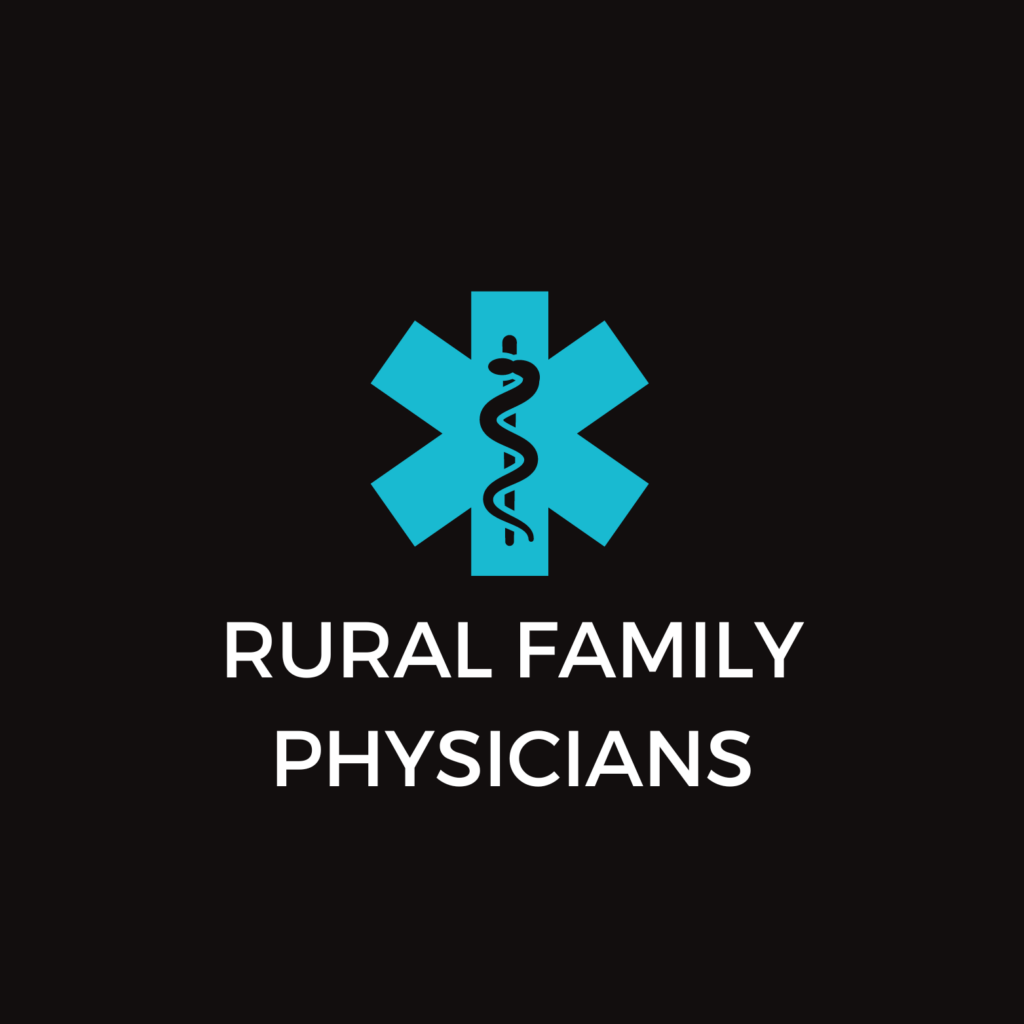
As I prepare for family vacation this summer to Disney World, I’m amazed at how well they showcase their expertise. For the past several months I’ve received weekly emails saying things like “things to know before your trip, finding transportation once you arrive, check in early, extra magic hours, etc.” and I think we could take a few cues from them on how to promote your great work.
We know that patient satisfaction or Hospital Consumer Assessment of Healthcare Providers and Systems (HCAHPS) scores are higher in rural areas. Why? Because you know your community and patients and are better able to connect to serve their needs than urban centers where patients are one of hundreds.
We know the quality scores for Colorado critical access hospitals (CAHs) meet or exceed the state average. We know the 30 day readmission rate average for participating CAHs is four percent compared a statewide average of 15 percent. Why? Because your hospital is not just a place of work; it’s a focal point of your community.
We know the quality scores for Colorado rural health clinics (RHCs) participating in Improving Communications and Readmissions (iCARE) are collecting diabetes data that show A1c levels greater than nine percent have decreased by 26 percent or three percent average change per patient. Why? Because you’re able to know your patients at a more holistic level.
We also know that Colorado CAHs and RHCs participating in iCARE represent 63 percent of rural Colorado communities and are connecting to the Triple Aim by improving the patient experience of care, reducing the per capita cost of healthcare and improving the health of populations. Why? Because you are the health of your community.
We know that rural economies rely on healthcare. Strengthening the rural healthcare workforce will certainly bolster the overall economy in rural communities. Currently, 13 counties in Colorado do not have a hospital, and two counties do not have a hospital, an RHC or a federally qualified health center (FQHC). Yet, nearly all rural counties in Colorado are either totally or partially designated as a shortage or underserved area.
As we think about our successes and barriers, we have the opportunity for grassroots engagement, meaning helping our policymakers understand the rural healthcare landscape in its reality. I challenge you to think about engagement on two fronts 1) community and 2) local legislators. Engage your community by holding community forums to build excitement for your service offerings and share your quality and patient satisfaction scores.
As Safety Net Clinic Week approaches (stayed tuned for more information) think about showcasing your work and engaging your community. The purpose of Safety Net Clinic Week is to build stronger relationships with public officials to foster increased awareness and a deep understanding of the important role of safety net clinics in their communities. As rural communities, we can take the Disney approach by highlighting your accomplishments and put a call out to your community to engage in their individual and community’s health.
Save the date for Safety Net Clinic Week, August 17 – 21, 2015.



